Putting marine aquaculture management into practice
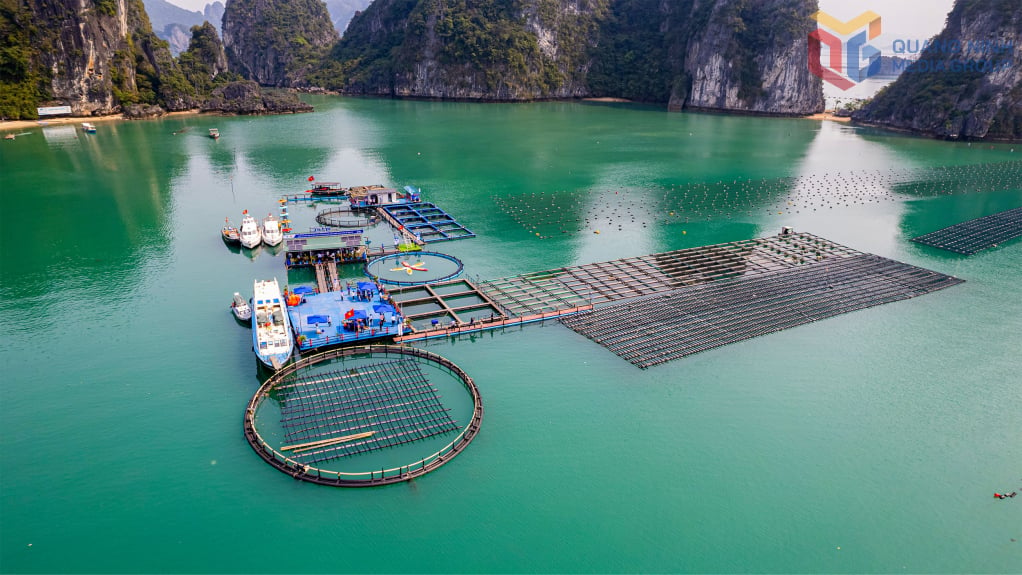
With the goal of becoming the center of marine aquaculture in the North, one of the most notable results in implementing Directive No. 13 is the work of marine spatial planning. The whole province has reserved more than 45,000 hectares of sea areas in 9 (old) localities with sea: Quang Yen, Ha Long, Cam Pha, Van Don, Co To, Tien Yen, Dam Ha, Hai Ha, Mong Cai for aquaculture development, integrated into the Provincial Planning for the period 2021-2030, vision 2050. The sea area within 3 nautical miles is 23,975 hectares (53%); the sea area from 3 to 6 nautical miles is 13,031 hectares (28.8%); the sea area beyond 6 nautical miles is 8,240 hectares (18.2%).
Based on the orientation of using marine space to implement aquaculture in the Provincial Planning, 9 (old) coastal localities have completed the construction and approval of plans, projects, maps, and diagrams of marine areas to serve as the basis for allocating marine areas for aquaculture. Currently, the localities have handed over to the People's Committees of communes, wards, and special zones (after rearrangement) to receive all relevant records and documents to continue managing and allocating marine areas to organizations and individuals who need to use marine areas under their management. Through synthesizing plans, projects, maps, and diagrams of marine areas of localities, the area of marine areas oriented for mollusk farming is about 13,000/45,146ha (equivalent to about 30%) and about 5,000/45,146ha for marine fish farming (equivalent to about 11%). The remaining area is for internal traffic, buffer zones for the environment to recover itself, etc.
Up to now, the Department of Agriculture and Environment, under the authorization of the Provincial People's Committee, has granted 41 marine aquaculture licenses to organizations with a total licensed marine area of over 4,150 hectares. In addition, under the authority of the commune-level government (formerly the district level), the marine area has been assigned to 817 individuals to carry out aquaculture with an area of over 503 hectares.
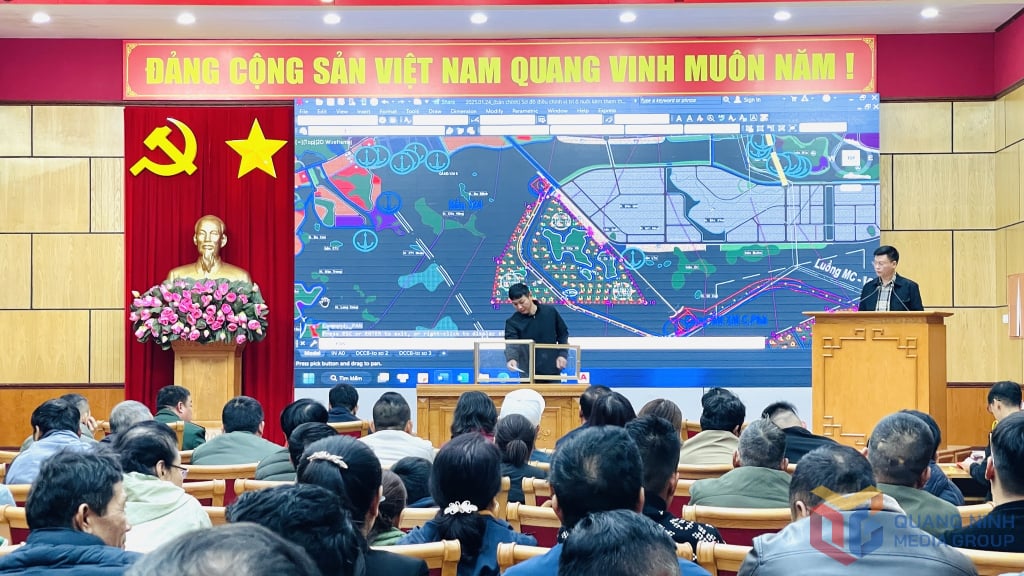
Mr. Do Dinh Minh, Head of the Department of Fisheries (Department of Agriculture and Environment) said: In the work of sea allocation for aquaculture, one of the input standards that organizations and individuals must have is environmental standards, including the control and treatment of waste generated during the farming process and human activities. This is considered an important step to put marine aquaculture management into order. This also helps functional sectors to more easily inspect and monitor the use of sea areas to ensure compliance with regulations, without causing negative impacts on the environment and surrounding fishing communities.
Not only stopping at management, Quang Ninh is also a pioneer in applying science - technology and digital transformation in marine aquaculture. The aquaculture management database system, product traceability platform with thousands of QR codes have been put into operation. More than 30,000 environmental monitoring samples were analyzed in 4 years, helping to control diseases and minimize risks. High-tech farming models, farming associated with community tourism in localities such as Van Don special economic zone, Cam Pha ward have proven a sustainable direction in both creating economic value and preserving the ecological environment.
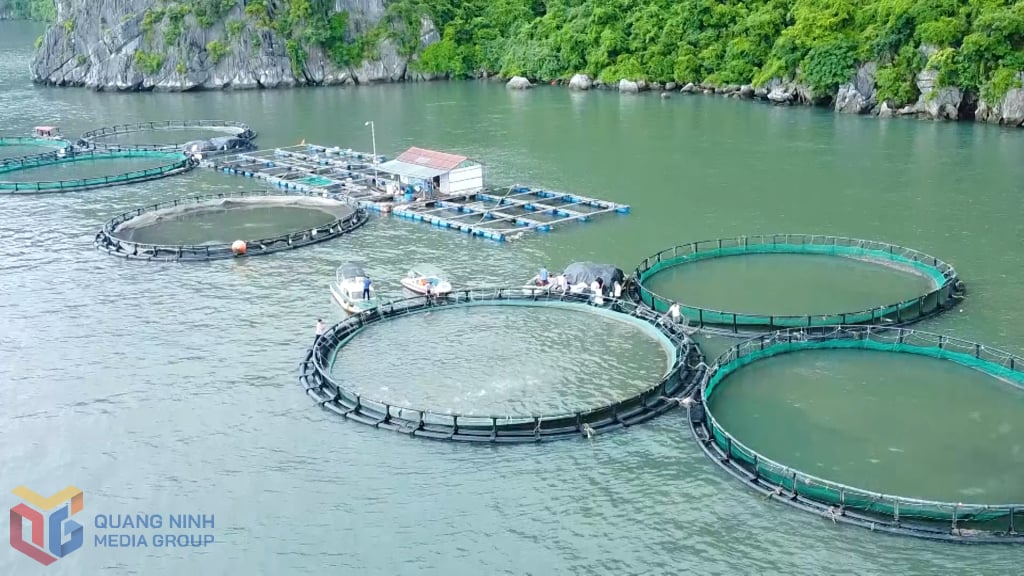
Up to now, the aquaculture area in the whole province has increased by more than 150% compared to 2020, marine aquaculture output accounts for 65% of the total aquaculture output of the whole province, the production value in 2024 is estimated at 7,000 billion VND, forecasted to reach over 16,600 billion VND by 2030. These figures basically reflect the key role of the marine economy in the overall development picture of the province.
This also affirms that Directive No. 13 has created a strong push, bringing the Quang Ninh marine aquaculture industry out of a fragmented and spontaneous state to enter a stage of sustainable and modern development, closely linking state management, science and technology and market demand.
Determine the direction for the new journey
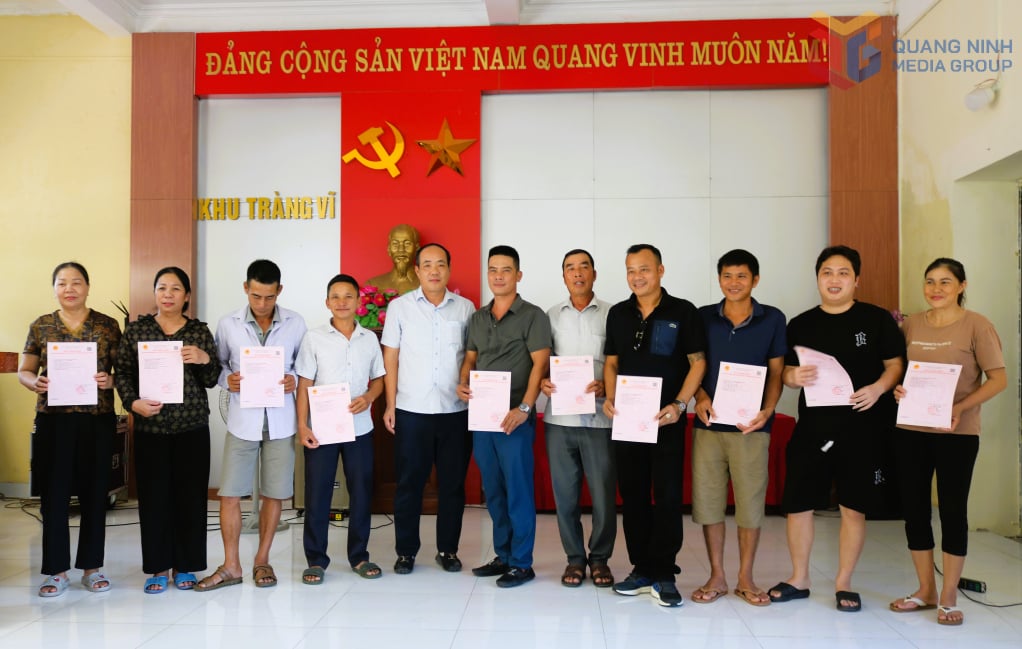
Despite many achievements, the implementation of Directive No. 13 still revealed many difficulties and limitations. That is, in the work of sea allocation, according to the province's marine aquaculture planning, it is more than 45,000 hectares, but so far only nearly 5,000 hectares have been allocated, related to the sea area map, environmental impact assessment procedures, sea surface rental fees according to usage functions, local delays in signing confirmation of coordinates and locations of aquaculture... On the other hand, the problem of overlapping planning has not been completely resolved. Notably, the application for licensing and allocation of NTTS sea areas by organizations must seek opinions from relevant units according to regulations, including: Vietnam Maritime and Waterways Administration, Northern Maritime and Waterways Sub-Department, Quang Ninh Maritime Port Authority and departments and branches: Finance, Construction, Culture, Sports and Tourism, Provincial Military Command, Provincial Police, Ha Long Bay Management Board, Bai Tu Long National Park, People's Committees of localities with projects... so the time is prolonged and many complicated situations arise.
There are cases where the dossier has completed all the procedures according to the regulations on diagrams, environment, project description, but the location of the sea area overlaps with the maritime route, inland waterway route or seaport waters, so the above authorities request to adjust the boundary, location or not approve for aquaculture activities; there are projects that do not have enough sea space to adjust the location and boundary, so the proposal to grant a license and allocate the area must be canceled. Some units such as the Vietnam Maritime Administration and Waterways... often do not have comments to participate according to the appointment schedule, the Department of Agriculture and Environment must have documents urging many times, the waiting time for comments is long, while the administrative procedure stipulates only 22 working days to implement. This causes significant impact and damage to organizations and individuals.
Statistics show that, out of a total of 93 dossiers undergoing procedures, there are currently 13 dossiers with boundaries located within the buffer zone of the World Natural Heritage Ha Long Bay; 4 dossiers with boundaries partially overlapping with the planning boundaries of storm shelters, national inland waterway routes, seaport waters, not yet qualified for licensing and sea area allocation; 1 dossier with boundaries located both within the buffer zone of the World Natural Heritage Ha Long Bay and partially overlapping with the safety corridor of national inland waterway routes; 26 dossiers have been guided through procedures but are slow to complete, submit for approval of licensing procedures and sea area allocation; 45 organizations have been assigned locations and sites to research projects but are slow to implement, have not yet sent their dossiers to the Department of Agriculture and Environment; 27 organizations have not yet been assigned locations and sites by the locality...

In addition, management in some localities is still lax, leading to illegal aquaculture, causing insecurity and disorder, even giving rise to complaints and denunciations. The source of specialized human resources in aquaculture at the grassroots level is still lacking, leading to untimely and ineffective inspection and supervision. Another bottleneck is that the legal framework and technical standards still lack local regulations on marine aquaculture, while many legal concepts have not kept up with reality. This makes it difficult for projects to have a scientific basis for implementation and evaluation. The quality of projects prepared by enterprises is still limited, many explanatory documents are sketchy, copied, and lack feasibility.
In reality, the main reason is the lack of close coordination between sectors, localities and the central government and the lack of strict compliance of some organizations and individuals. At the same time, the legal system is still inadequate compared to the needs of rapid and modern development of marine aquaculture.
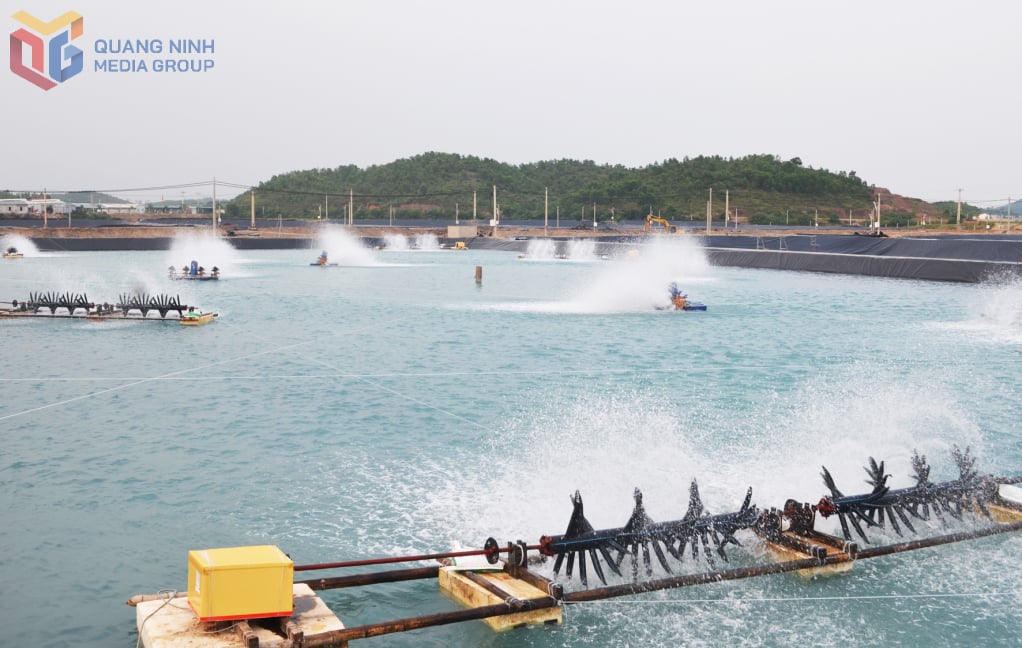
To overcome the above shortcomings, Quang Ninh has identified clear solutions and directions in the coming time. In particular, it will focus on completing licensing, sea transfer, and thoroughly handling illegal establishments; promulgating a set of local technical regulations on marine aquaculture, focusing on marine fish, mollusks and specialty species; strengthening inter-sectoral coordination, especially with maritime agencies and heritage conservation, to ensure harmony of interests; promoting science and technology, developing industrial and offshore farming models; proactively providing high-quality seed sources, soon putting into operation the Van Don Mollusk Breeding Center and Dam Ha High-Tech Agricultural Zone; investing in modern fisheries infrastructure, linking production with fishing ports, anchorage areas, and logistics services; developing deep processing and building brands, increasing added value, and expanding export markets.
Mr. Phan Thanh Nghi, Deputy Director of the Department of Agriculture and Environment, said: The limitations and causes pointed out are valuable practical lessons for Quang Ninh to continue to improve its institutions, management mechanisms and marine aquaculture development strategies in the new period. With high determination and clear direction, the Quang Ninh fisheries industry can completely rise to become an economic spearhead, contributing to maintaining the province's pioneering position in sustainable marine economic development.
Source: https://baoquangninh.vn/nuoi-bien-quang-ninh-khoi-sac-nhung-chua-tron-ven-3377782.html








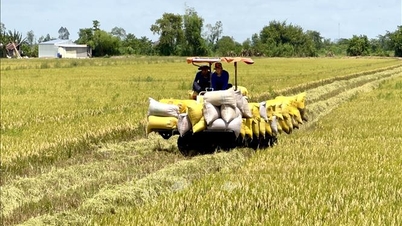

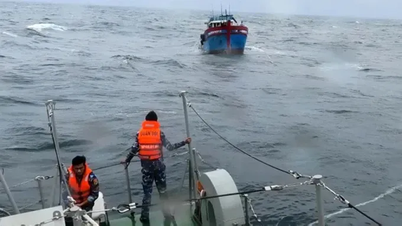

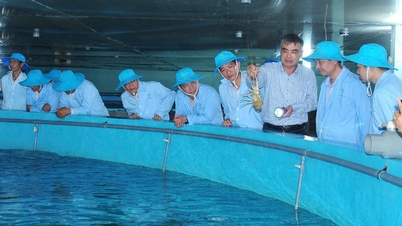

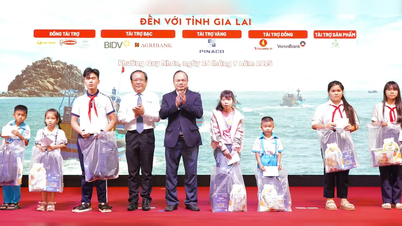




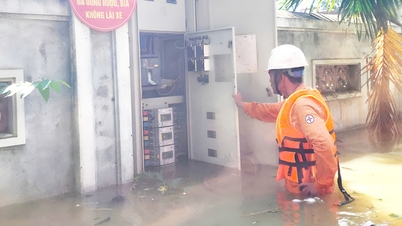

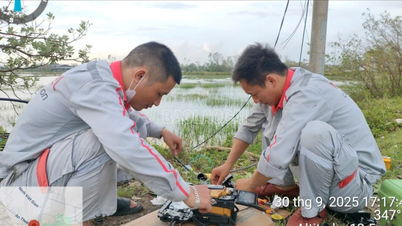

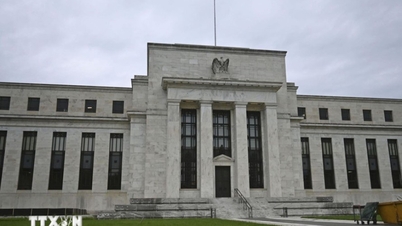

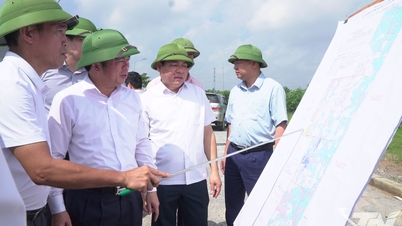


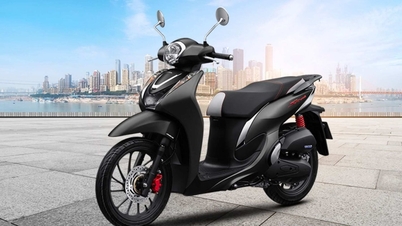





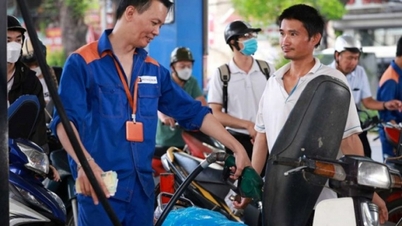
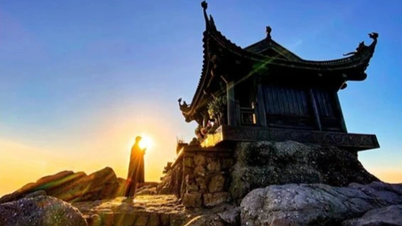

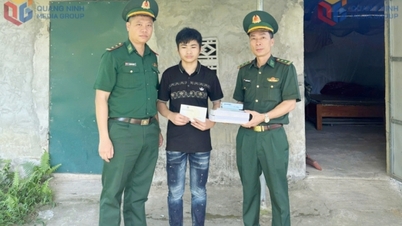
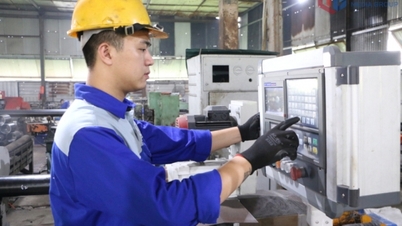
















































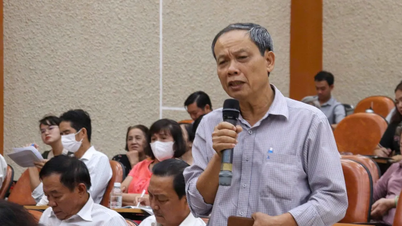

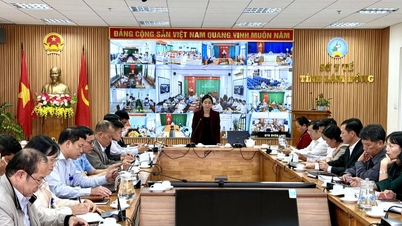

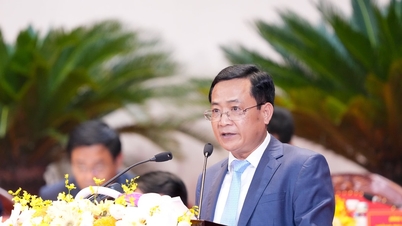


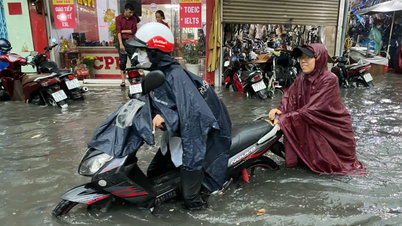












Comment (0)